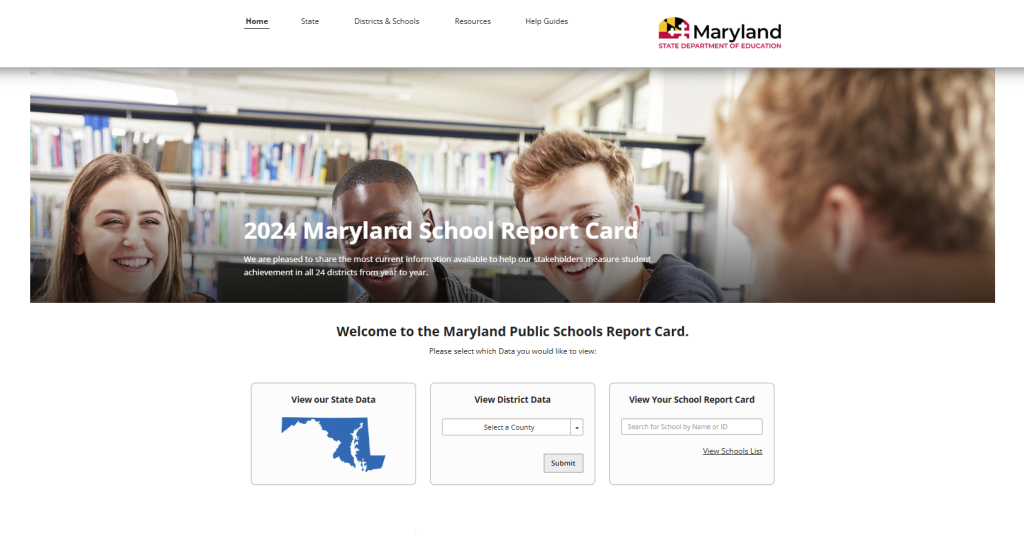

5 best practices for school district succession planning
Changes in leadership are potentially fraught times for school districts, and having a succession plan can ensure smooth transitions with an eye toward organizational growth, experts say.
“From a leadership perspective — the board of education and superintendent and executive team — succession planning should be on your agenda throughout the year,” said John Kellogg, superintendent of Westerville City School District in Ohio, which has been focusing on succession planning for nearly a decade.
School districts typically address succession planning for superintendents, but it should be done for all levels of staffing, Kellogg said.
The COVID-19 pandemic has accelerated turnover rates among educators. About 300,000 public school teachers and other staff left the field between February 2020 and May 2022, a nearly 3% drop in that workforce, according to Bureau of Labor Statistics data cited by The Wall Street Journal. And 1 in 2 school principals, assistant and vice principals considered a career change or retirement due to high stress levels, according to a 2022 survey by the National Association of Secondary School Principals.
“Schools are these slow-to-change organizations, and there’s been reason for that,” Kellogg said. “But we are in an environment where the world around us is just changing rapidly, so you have to keep your eye on the horizon and be flexible, and maximize the talent you have.”
For districts exploring or building out succession plans, here are five strategies to keep in mind.
Consider your district’s needs and plan accordingly
Several years ago, Westerville City School District identified student equity, safety and social-emotional learning as strategic areas of need. It has been addressing those goals through administrative realignments and succession planning, Kellogg said.
The process started with a close examination of the district’s leadership team, including individual skills and shortcomings, the timeline of upcoming retirements, and an analysis of ways to maximize talent already in the pipeline, Kellogg said.
“We also looked for better alignment of certain operational parts of the organization, such as whose roles we were going to expand,” he said. “We looked at who was already in the district and how to start growing their capacity, and also where to bring in new blood and fresh perspectives.”
The district’s organizational structure should give employees the time and opportunity to move up the ranks, Kellogg said. For example, in 2014-15 the district created a position for “coordinator of minority student achievement,” later renamed “coordinator for equity education.” Over time, the district added an equity specialist and equity team, along with funding, at each school building.
“All the other pieces we put into it were to make sure we had that as an anchored part of the organization,” Kellogg said.
Know current employees’ skills and interests
It’s “absolutely critical” that the district leadership team have a good understanding of employees’ skills, including underutilized ones, by going into school buildings, talking to supervisors, and getting to know staff members and their interests, Kellogg said.
School districts should nurture a culture of lifting up employees and encouraging their professional development, Kellogg said. For example, the district’s newest business manager started as food service supervisor and later advanced to HR director and, after that, HR executive director, he said.
Giving existing staff expanded roles and responsibilities — with a title change and a salary increase — can be very revitalizing for them and the organization as a whole, he said. “Ultimately, it’s all for the benefit of the students.”
When hiring new staff, district leaders should ensure candidates are interested in professional growth and can be flexible and adaptable, Kellogg said. It’s also key to find out if candidates have any additional skills that might benefit the district.
Once hired, new staff should be empowered to offer suggestions for improvement based on their prior experience, Kellogg added. “People might get a little bit bristled by that, but we need to do that… It doesn’t mean you always follow the suggestion, but you need those questions to make you better.”
Ensure smooth leadership transitions
Succession planning must include transition planning, and there are several ways to make that as smooth as possible, said Brian Harris, who retired in 2021 as superintendent of Barrington Community Unit School District 220 in Illinois. He is now senior associate at the educational consulting firm Hazard, Young, Attea & Associates.
Aside from updating the incoming superintendent on all current and future projects, it’s beneficial for the incoming leader to have one-on-one conversations with staff before they start the job, Harris said.
It’s useful for new superintendents to have frank conversations with their predecessors whenever possible about internal politics and board relations, Harris said. The latter is paramount when the incoming superintendent is new to the role, he added.
“In terms of managing and running the district, as an assistant superintendent, you do a lot of that,” he said. “The difference is having that face-forward responsibility with the media, the public, the community leaders — mayors, village presidents and other elected officials — and working with the board.
Include incoming supervisors in other hiring decisions
If possible, new high-ranking staff hires should include the input of the incoming superintendent, said Harris, whose successor took part in interviews for principal and assistant superintendent positions.
“We agreed on the final selection, but ultimately, he would have had the call,” Harris said. “I would have deferred, because he was going to be the one inheriting the decision.”
New leadership changes can create anxiety among subordinates, but that can be eased when incoming leaders are people who’ve built trust and solid relationships within the district, Kellogg said.
Embrace succession planning as ongoing work
Though the Westerville City School District launched its latest round of administrative realignments in 2021 in light of expected high-ranking retirements, overall succession planning should be ongoing, Kellogg said.
“Once you begin it, I don’t think there should be an endpoint,” he said.
School district leaders should be aware of when employees, particularly those in critical roles, will be eligible for retirement and might choose to leave, and there should be an ongoing pipeline of employees who can take on those jobs, Kellogg said.
Still, those who’ve been eyed for advancement might not feel ready to take on additional responsibilities and might turn down promotion offers, he added. Typically that happens due to employees’ concerns about work-life balance, and those decisions should also be respected, Kellogg said.
Dig Deeper With Our Longreads
Newsletter Sign up to get our best longform features, investigations, and thought-provoking essays, in your inbox every Sunday.
The MEN was founded by John Huber in the fall of 2020. It was founded to provide a platform for expert opinion and commentary on current issues that directly or indirectly affect education. All opinions are valued and accepted providing they are expressed in a professional manner. The Maryland Education Network consists of Blogs, Videos, and other interaction among the K-12 community.











